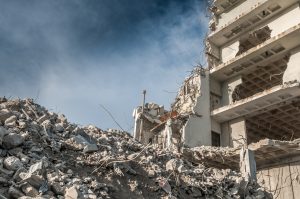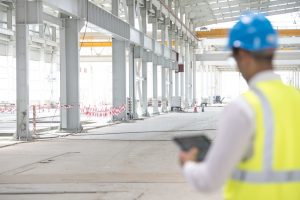Exactly 32 years after its largest earthquake, Mexico City sustained extensive damage from a combination of trepidatory and oscillatory quakes. On Sept. 19, 2017, the combined 7.1 and 8.2 Richter scale measurements made the 2017 quake the second largest in Mexican history. Despite new, seismic...
Please Select Your Project Location
- ALABAMA
- ALASKA
- ARIZONA
- ARKANSAS
- CALIFORNIA-SAN DIEGO
- CALIFORNIA-LOS ANGELES
- CALIFORNIA-NORTHERN
- CALIFORNIA-BAY AREA
- COLORADO – CORPORATE OFFICE
- CONNECTICUT
- DELAWARE
- WASHINGTON DC
- FLORIDA – NORTH
- FLORIDA – CENTRAL
- FLORIDA – SOUTH
- GEORGIA
- HAWAII
- IDAHO
- ILLINOIS
- INDIANA
- IOWA
- KANSAS
- KENTUCKY
- LOUISIANA
- MAINE
- MARYLAND
- MASSACHUSETTS
- MICHIGAN
- MINNESOTA
- MISSISSIPPI
- MISSOURI – WEST
- MISSOURI – EAST
- MONTANA
- NEBRASKA
- NEVADA – LAS VEGAS
- NEVADA – RENO
- NEW HAMPSHIRE
- NEW JERSEY
- NEW MEXICO
- NEW YORK
- NORTH CAROLINA
- NORTH DAKOTA
- OHIO-WEST
- OHIO-CENTRAL
- OKLAHOMA
- OREGON
- PENNSYLVANIA
- RHODE ISLAND
- SOUTH CAROLINA
- SOUTH DAKOTA
- TENNESSEE
- TEXAS - CENTRAL
- TEXAS - NORTH
- TEXAS – GULF
- UTAH
- VERMONT
- VIRGINIA
- WASHINGTON – WEST
- WASHINGTON – EAST
- WEST VIRGINIA
- WISCONSIN
- WYOMING





